Food. Design. History. Nightlife. Food. Beaches. Did we mention food? Lisbon has a ton to offer visitors, and yet it seems the vibrant, 3,000-year old capital of Portugal is still in the beginning stages of being discovered. That translates to a lack of pretense, relatively low prices, and little risk of becoming an “overtourism” hotspot anytime soon. It’s easy to avoid the crowds while visiting Lisbon’s stunning Gothic cathedrals, tasting specialities such as sweet, custardy pasteís de nata, and sipping a glass of vinho verde from a hillside terrace high above the Tagus River.
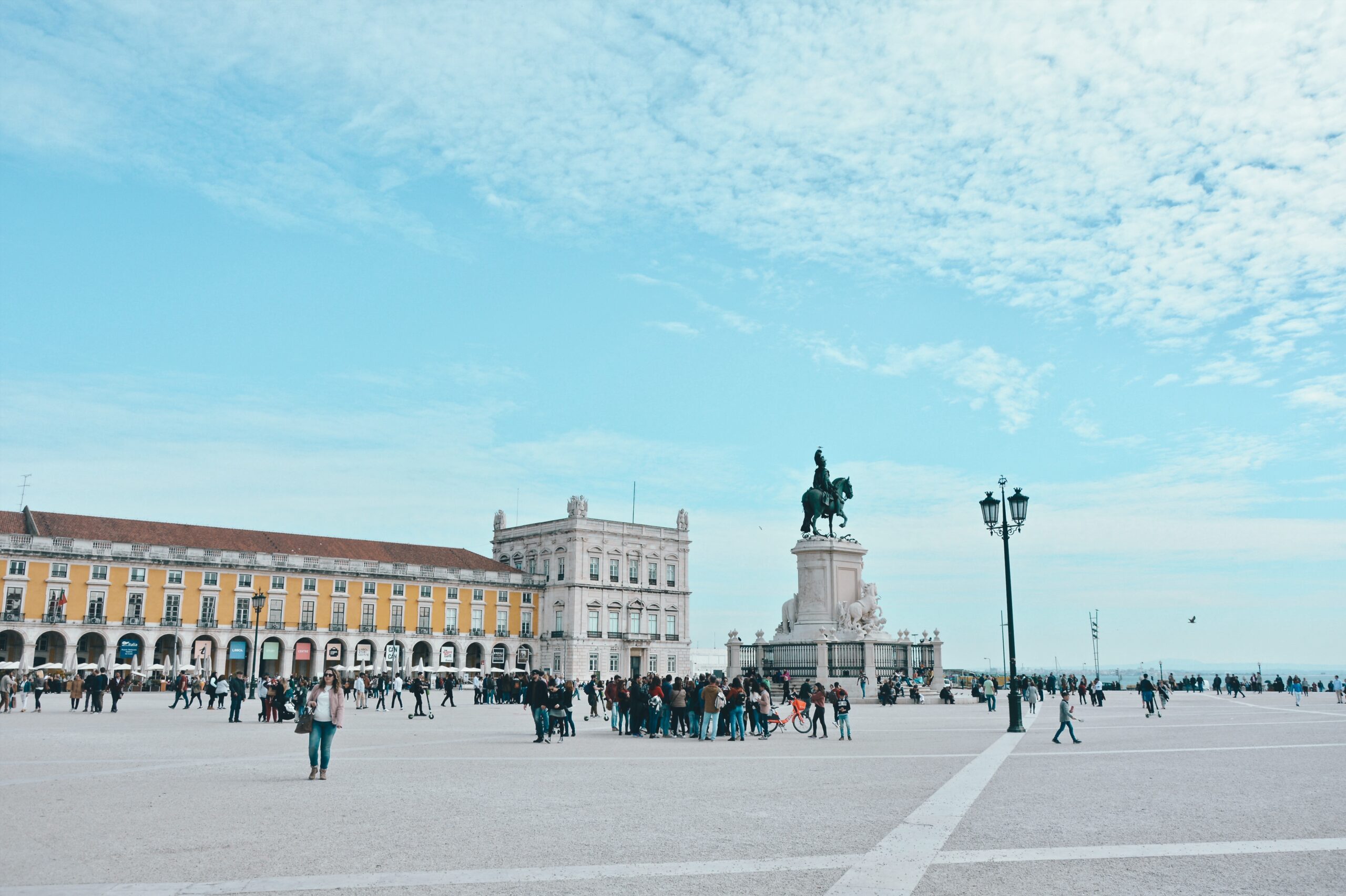
Lisbon is also relatively compact, which makes it easy to navigate… as long as you don’t mind hills. The city has seven of them, which makes for panoramic views but also some steep walks (the plentiful streetcars are a fine substitute for hoofing it). Be sure to spend some time in Alfama, the oldest section of the city, where narrow, criss-crossing lanes lead to ancient castles and scene-stealing miradouros (belvederes), many of them conveniently located next to lively cafés. Another must visit: Belém, a historic riverfront neighborhood stacked with monuments, museums, and awe-inspiring churches. Be sure to explore the less familiar neighborhoods, where Lisbon’s authentic charms reveal themselves—a façade covered in intricate, faded tiles; the melancholy sounds of fado music emanating from a dark, low-ceilinged bar, an ancient shop whose shelves are stacked high with colorful tins of sardines—and where its young, entrepreneurial spirit thrums with creative energy.
Eat
The food in Lisbon is unfussy, ingredient-focused, and guided by tradition—but not bound by it. Seafood is a cornerstone of most meals (and it’s not always about bacalão, the salt-dried cod that’s a strongly-flavored staple of Portuguese diets). Meat dishes can lean a little heavy—plan on an early bedtime if you order cozido, a hearty stew made with sausage, potatoes, beans, and vegetables—but newer restaurants are taking a lighter touch. Young chefs and established venues alike make a point to highlight Portugal’s superb produce, from delicate cockles and Alentejan pork to wines from the Dão and Douro regions.
The Time Out Market, located near the riverfront in Caíis do Sodre, is an ideal place to familiarize yourself with the flavors of Lisbon. The magazine brand has collected some of the city’s best purveyors under one roof, so you can try ham from the iconic Manteigaria Silva, fresh shellfish from the experts at Marisqueira Azul, and olive oil–poached cod from hip Pap’Açôrda. Prado may be tucked into the medieval streets of Alfama, but the restaurant’s take on food is decidedly contemporary, with an ever-changing menu of small, shareable plates that emphasize seasonality and provenance—Hispi cabbage leaves layered with goat cheese whey; ribeye of Barrosã beef, all accompanied by natural wines. For something more old-school, visit Cervejaria Ramiro, a shellfish-and-beer hall that’s low on ambience but high on incredibly fresh seafood most of it priced per kilo, from tender tiger prawns that have been split, grilled and drenched in butter, to briny, funny-looking percebes, or barnacles.
Lisbon’s most famous dish may be the pastel de nata, a two-bite-size tart made of egg custard and dusted with cinnamon. The sweets were invented centuries ago by the monks at the Jerónimos Monastery in Belém, and that’s the most popular place to try them. But you can avoid the crowds by sampling them at Manteigaria, a tiny takeout shop just off the historic Praça Luís de Camões, in Chiado. (They also have a location at the Time Out Market.) Just €1 each, the pastries are made fresh before your eyes, served warm and crowned by a crisp layer of burnt sugar that shatters as you take a bite.

With lots of Portugese fare on offer, you can have your pick at Time Out Market. Credit: Time Out Market 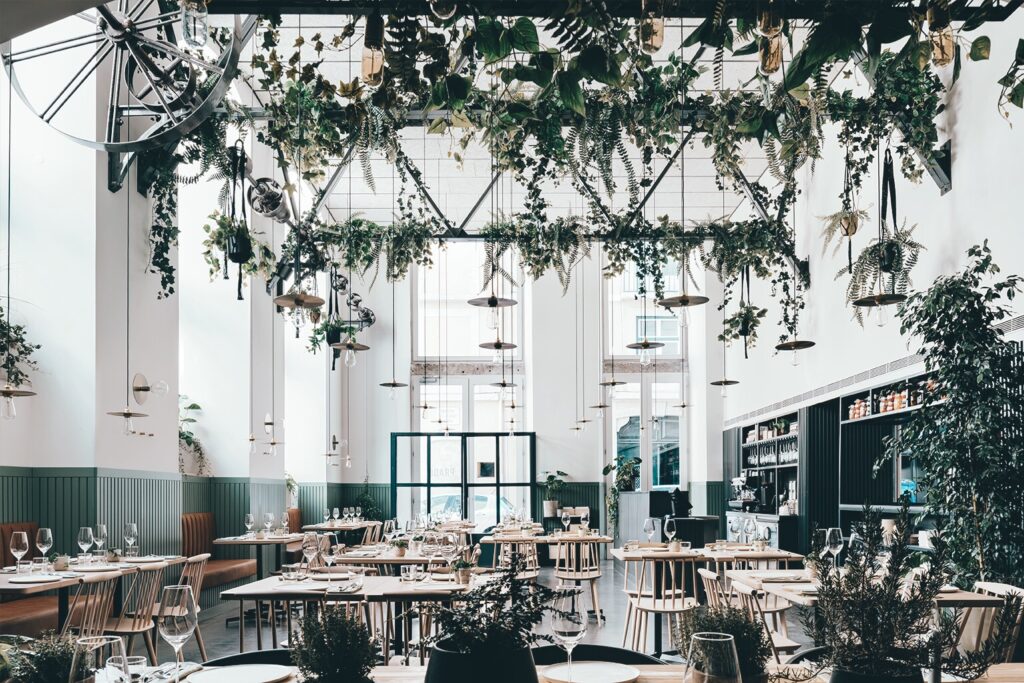
The plates might be small but the flavors are big at Prado. Credit: Prado
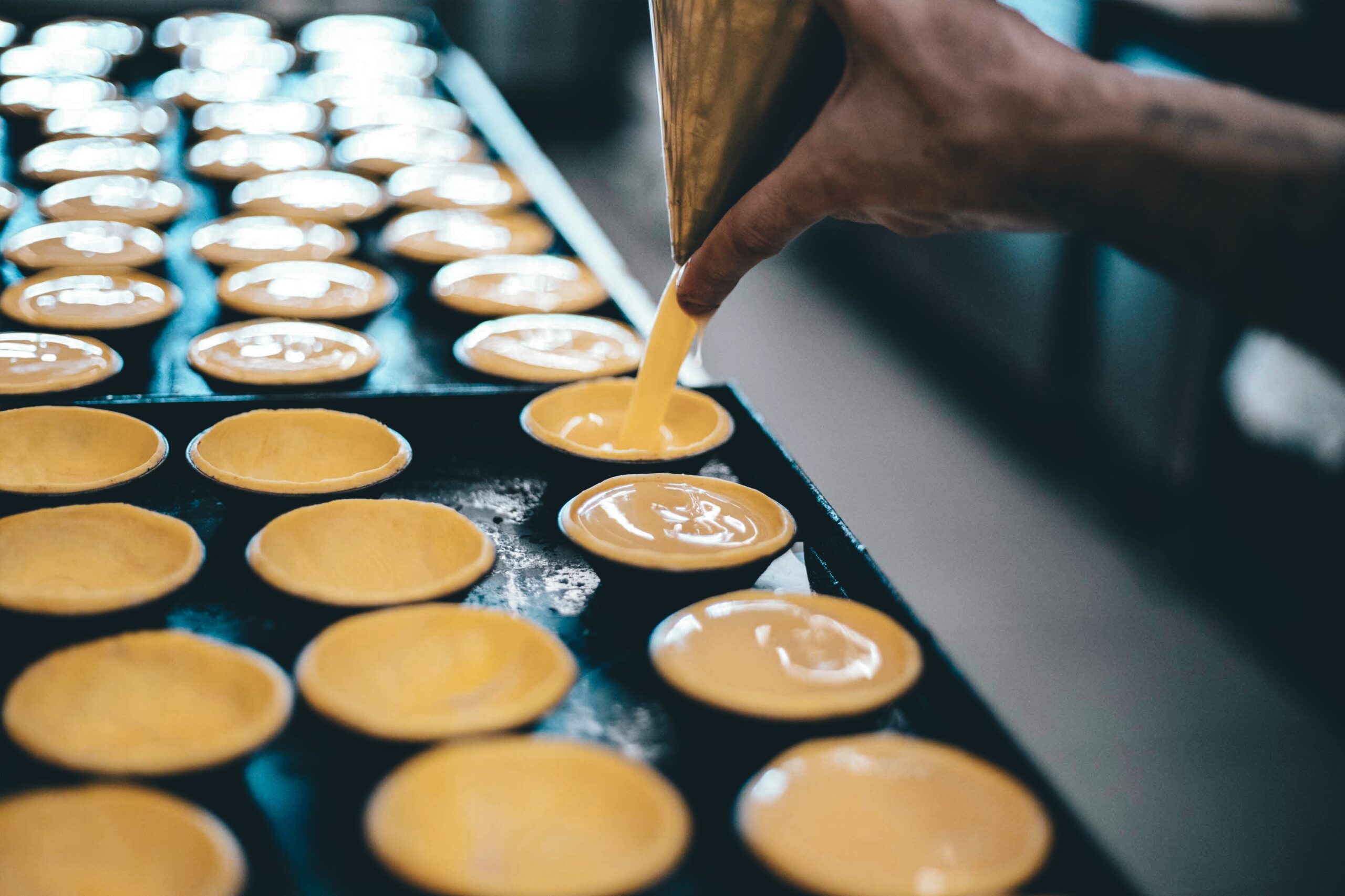
A visual representation of all the pasteís de nata you’ll eat in Lisbon. Credit: Manteigaria Enchimento 
Lisbon is all about the seafood diet. You see food and eat it. Credit: Paulo Barata
Play
Our focus here on Lisbon’s historic sites and monuments is not intended to give short shrift to other worthwhile activities, such as shopping or nightlife. And you’d be remiss not to spend a night bar-hopping in Bairro Alto, listening to fado in Alfama, or browsing the converted workrooms of LX Factory or the boutiques of Principe Real. But Lisbon’s beauty is so utterly astonishing to the first-time (or 10th-time) visitor—and its pastel colors and broad panoramas so friendly to your Instagram feed—that it’s important to visit the main sites.
One reason Lisbon is so fetching is the remarkable cohesion of its architecture, all large squares, broad avenues, and pastel-colored Neoclassical buildings with red tile roofs and façades covered in blue-and-white azulejo tiles. There’s a tragic reason for that visual harmony: An earthquake in 1755 just about flattened the city, destroying 85 percent of its buildings and killing as many as 100,000 people…but providing an opportunity to rebuild from scratch. You can see the results throughout the Baixa neighborhood and especially in the Praça do Comércio, the huge main square surrounded by bright yellow buildings and the Tagus, with a grand equestrian statue at its center.
Fortunately some of Lisbon’s most exquisite structures survived the quake, including the soaring Jerónimos Monastery and its near neighbor, the Belém Tower, elaborately carved masterpieces of the Manueline (Portugeuse Late Gothic) style. If they whet your appetite for over-the-top ornamentation, stop into the National Coach Museum, with its collection of fairytale carriages. Go further back in time with a stroll around Alfama, the old Moorish district of labyrinthine streets and tiny squares. Here, you’ll discover the Romanesque arches of the Lisbon Cathedral (Sé de Lisboa), built in 1147, and the even older Castelo de São Jorge, whose first fortifications date from the 1st century B.C.; you can climb to the top of its crenellate towers (much younger, having been built in the 14th century) for a monarch-worthy view of the city.

The Belem Tower is a grand relic from the Manueline era. Credit: Peter Frank 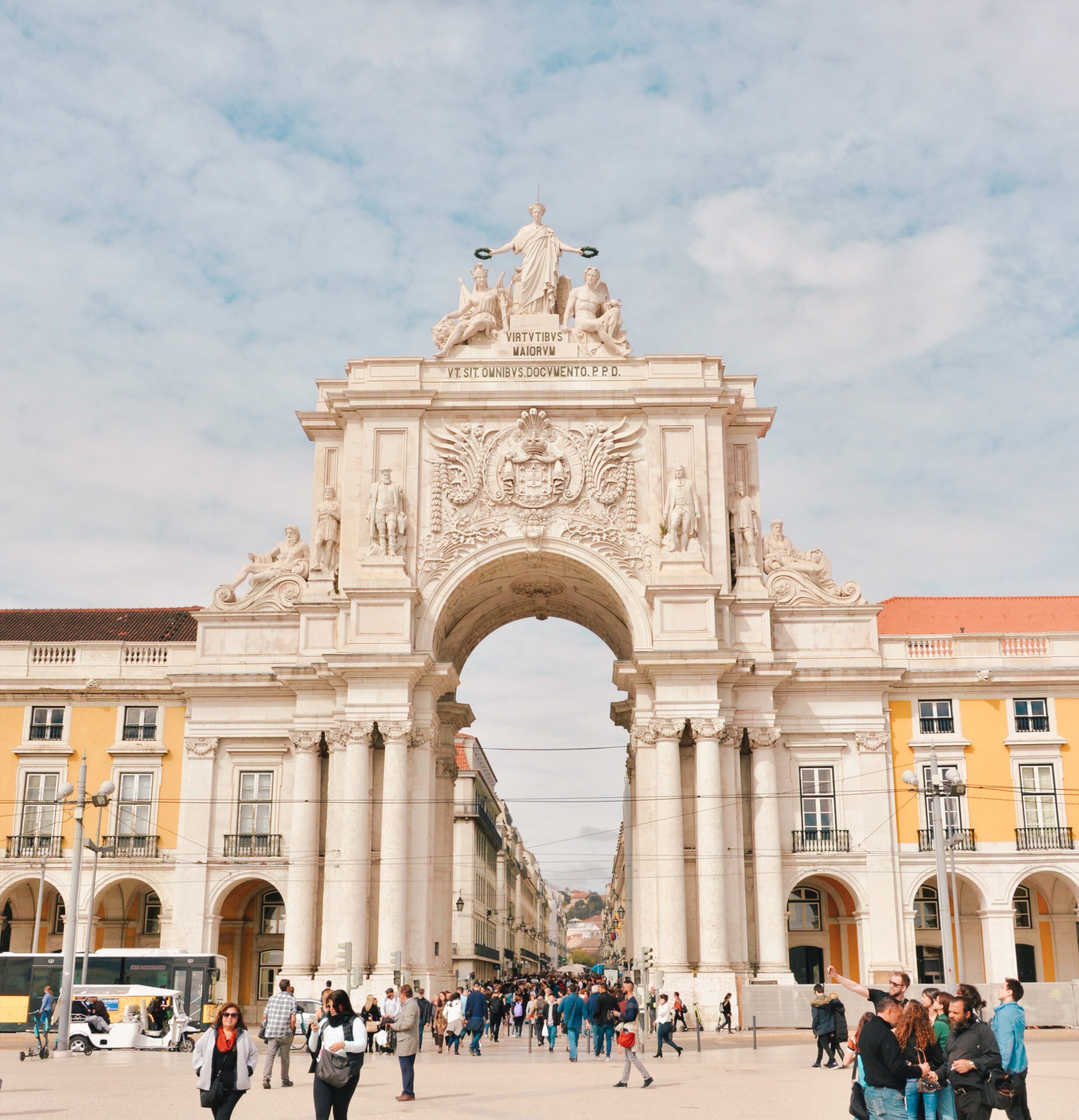
Built to commemorate the 1755 earthquake, the Rua Augusta Arch is an important part of Lisbon’s rich history. Credit: Peter Frank
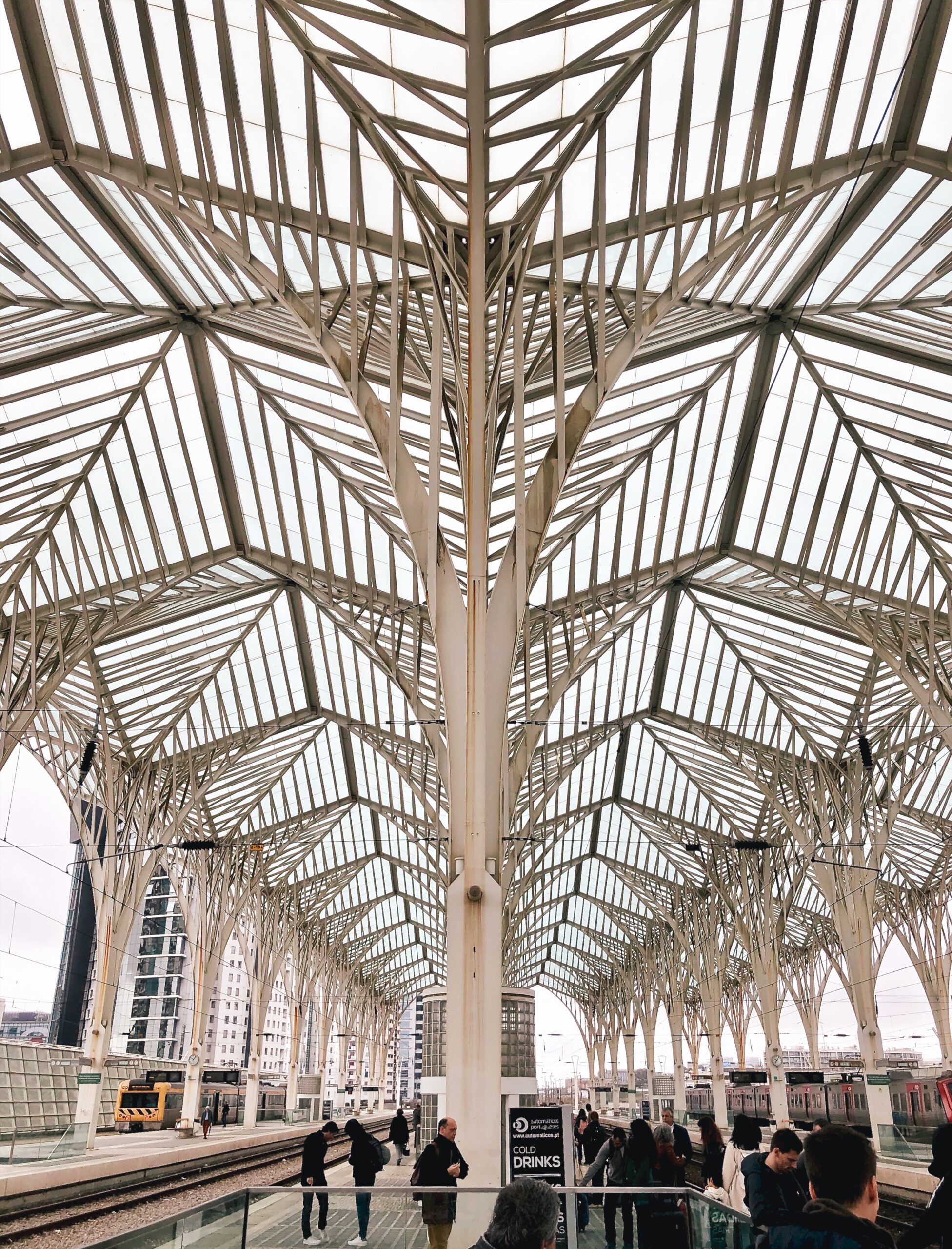
A visit to Oriente Station is a must—even if you’re not catching a train. Credit: Peter Frank 
Don’t get carriaged away at the National Coach Museum. Credit: Shutterstock
Stay
Casa das Janelas Com Vista
Portuguese creativity doesn’t just extend to the food and shopping scenes in Lisbon. You’ll find a diverse array of independently owned boutique hotels to choose from, many of them located in restored historic buildings covered in blue-and-white azulejo tiles. Take Casa das Janelas Com Vista, an adorable, family-owned guest house in the Bairro Alto neighborhood, just downhill from the stylish shops and restaurants of Principe Real. Its central “living room” is adorned with colorful, mid-century furniture, as are the 12 rooms, many of them with superb views of the city.
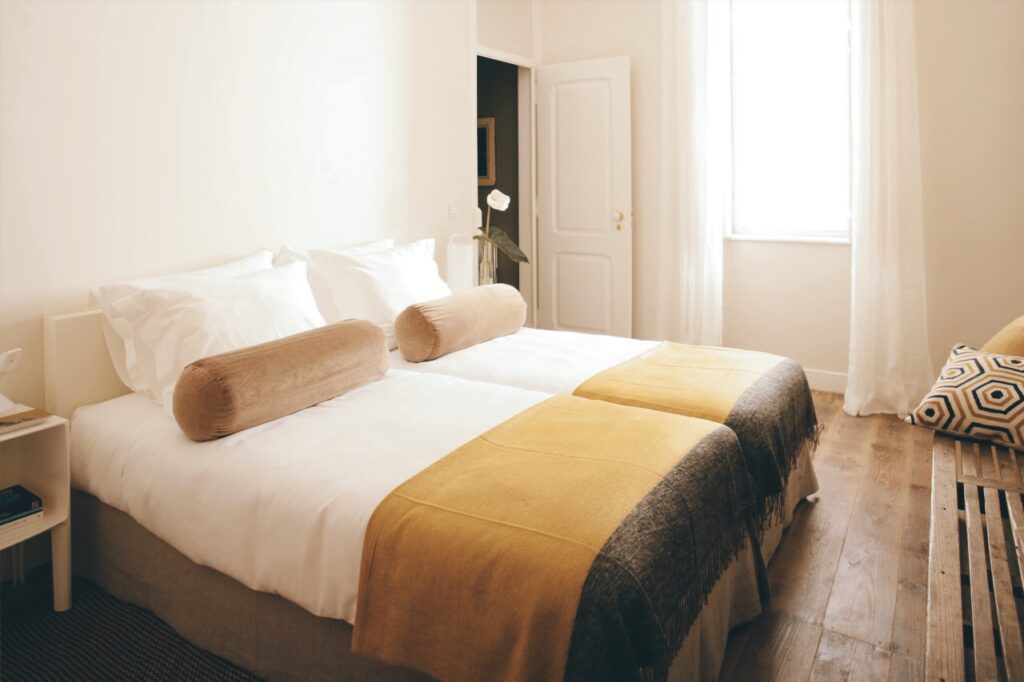
The family-run Casa das Janelas is a tranquil base for your Lisbon adventures. Credit: Casa das Janelas/Booking.com 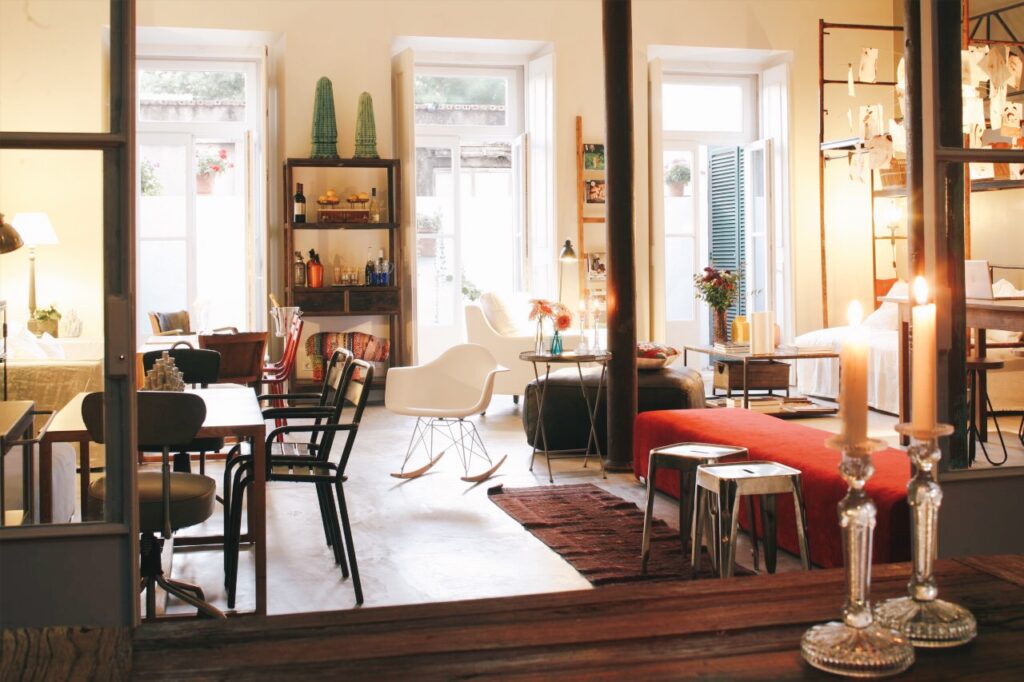
The living room at Casa das Janela is so cozy you’ll feel like you’re staying at home. Credit: Casa das Janela/Booking.com
LX Boutique Hotel
The LX Boutique Hotel, close to the Time Out Market in the Cais do Sodré district, offers river views from many of its 61 rooms. Patterned wallpapers and Oriental rugs match the historic vibe of the century-old building, but the sushi restaurant (which morphs into a cocktail lounge in the evening) keeps the vibe modern.

Near Time Out Market, staying at LX Boutique means you eat what you like then head home. Credit: LX Boutique/Booking.com 
LX Boutique is a modern take on Lisbon’s iconic style. Credit: LX Boutique/Booking.com
The Independente Hostel & Suites
The Independente Hostel & Suites is not your typical hostel. Occupying a former ambassador’s palace, its cool-kid features include stylish modern furniture under ornately carved ceilings; a guest-only lounge that holds film screenings, live music, and communal dinners; and custom-designed bunk beds in dorm-like rooms. They also offer a few private rooms with ensuite bathrooms. And it shares two restaurants, including the hip rooftop Insólito, with the swankier Independente Suites & Terraces next door.
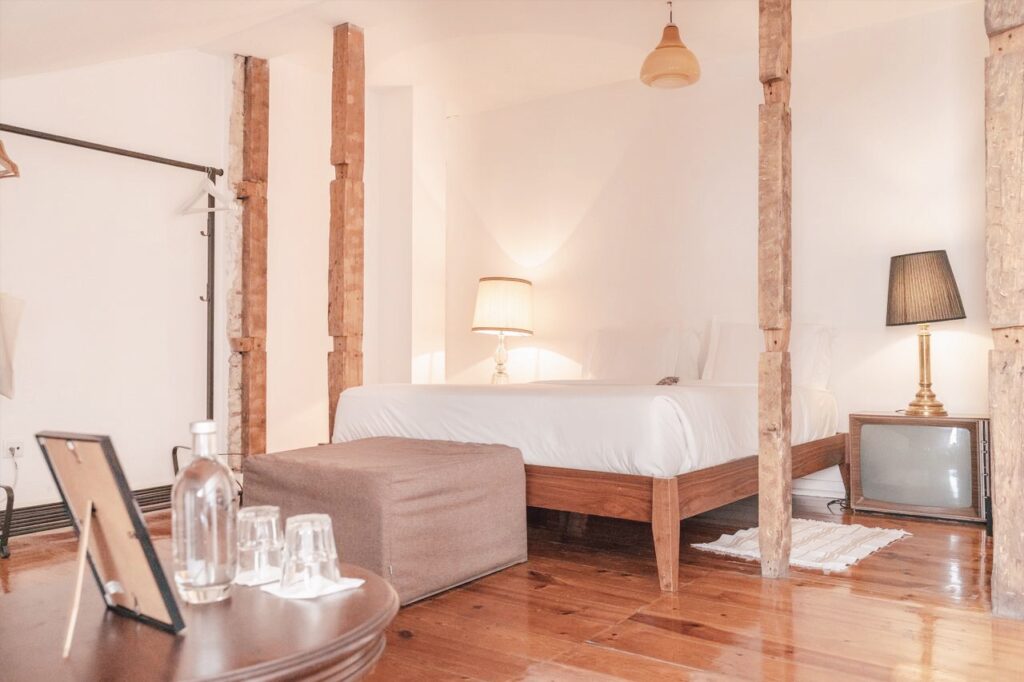
Unique design features make for a very cool stay at the The Independente Hostel & Suites. Credit: The Independente Hostel & Suites/Booking.com 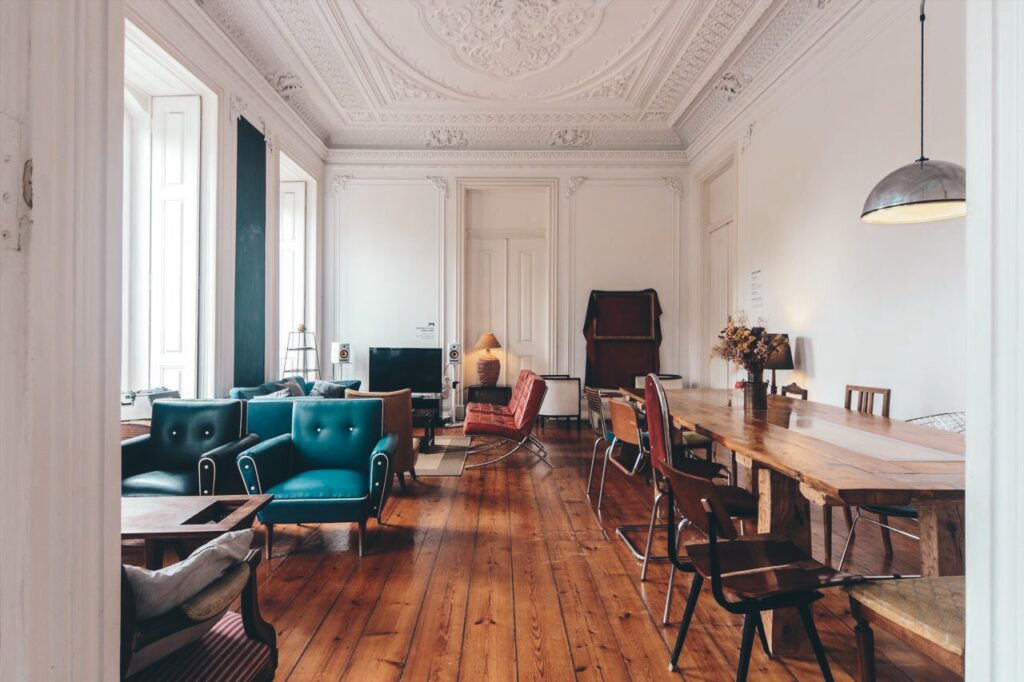
You’re spoiling us, Ambassador! With stucco ceilings and designer furniture, no expense is spared at The Independente Hostel & Suites. Credit: The Independente Hostel & Suites/Booking.com
